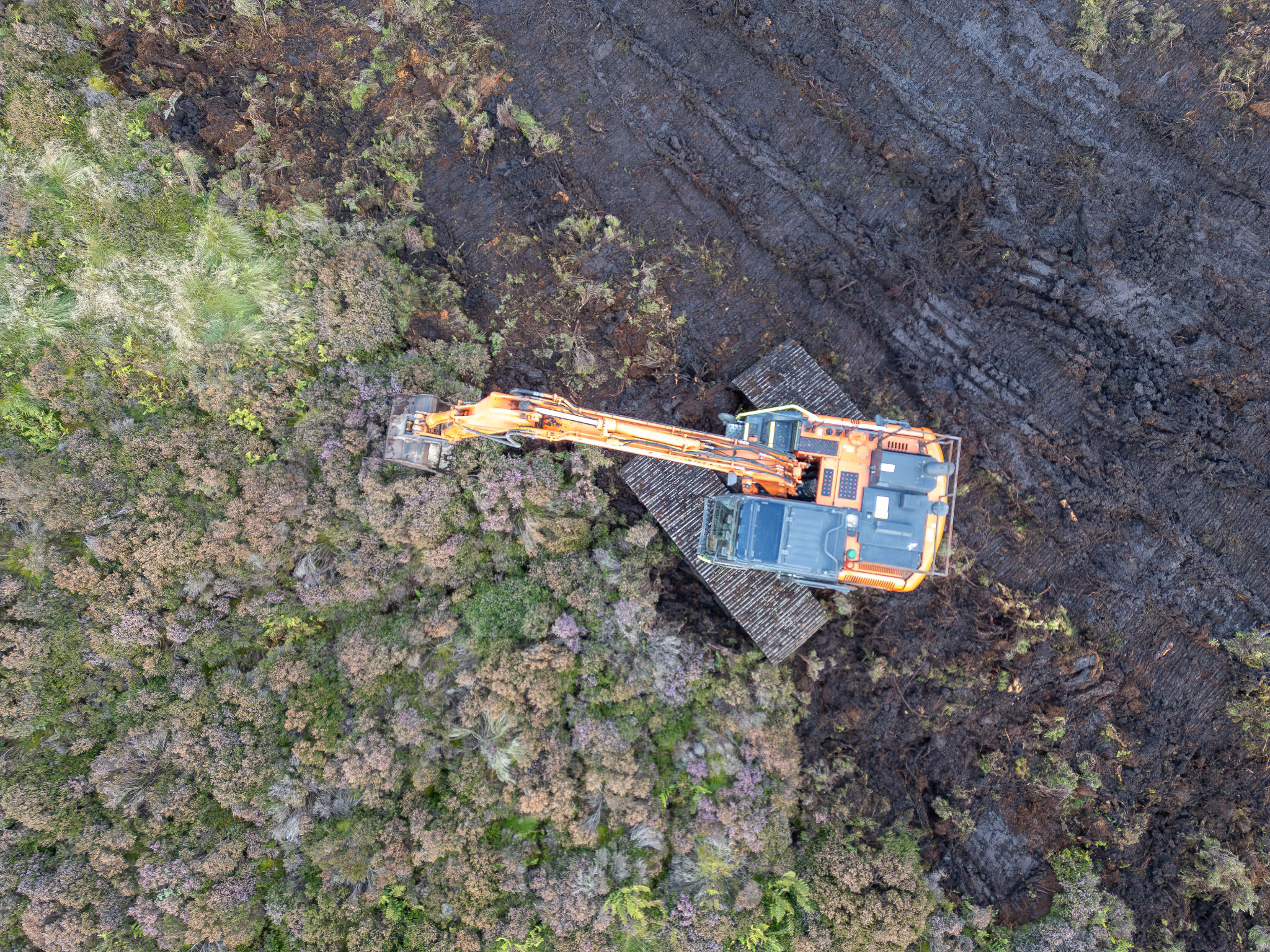Case Study: Successful AI-Driven Restoration Projects in Mandan
Introduction to AI-Driven Restoration in Mandan
The city of Mandan has recently become a hub for innovative restoration projects powered by artificial intelligence. These projects are transforming various sectors, from heritage preservation to environmental conservation, offering new possibilities for sustainable development. In this case study, we delve into some of the most successful AI-driven restoration projects that have taken place in Mandan, highlighting their impact and future potential.
AI technology has enabled more precise and efficient restoration processes, reducing costs and time while increasing accuracy. By integrating AI into these projects, Mandan has set a benchmark for other cities looking to leverage technology in restoration efforts.

Heritage Preservation Through AI
Mandan's rich history is reflected in its numerous heritage sites, which require constant maintenance and restoration. AI-driven techniques have been pivotal in preserving these sites, employing machine learning algorithms to analyze deterioration patterns and recommend timely interventions.
One notable project involved the restoration of a historic building, where AI was used to create a digital twin of the structure. This digital representation allowed conservationists to simulate various restoration techniques, choosing the most effective one without risking further damage to the site.

Impact on Heritage Sites
The application of AI in heritage preservation has led to several benefits:
- Cost-efficiency: Reducing manual labor and material costs through predictive maintenance.
- Precision: Enhancing accuracy in restoration efforts with detailed analysis and simulations.
- Data-Driven Decisions: Enabling informed decision-making based on comprehensive data analysis.
Environmental Restoration Initiatives
AI has also played a crucial role in environmental restoration projects across Mandan. By harnessing AI's capabilities, teams have successfully rehabilitated various natural habitats, promoting biodiversity and ecological balance. These initiatives focus on restoring ecosystems that have been affected by human activity or natural disasters.

AI and Environmental Monitoring
One of the most remarkable applications of AI in environmental restoration is its ability to monitor ecosystems in real-time. Advanced sensors and AI algorithms work together to track changes in flora and fauna, water quality, and soil conditions. This constant monitoring allows for rapid response to any adverse changes, ensuring the long-term sustainability of these environments.
The Future of AI-Driven Restoration Projects
The success of AI-driven restoration projects in Mandan points to a promising future for similar initiatives worldwide. As technology continues to evolve, we can expect even more sophisticated applications that will further enhance restoration efforts across various fields.
The integration of AI into restoration projects not only aids in preserving our past but also ensures a sustainable future. By continuously improving these technologies, Mandan serves as a model for other communities looking to leverage AI for restoration and conservation purposes.

In conclusion, Mandan's AI-driven restoration projects demonstrate the transformative power of technology in addressing complex preservation challenges. As these initiatives continue to expand, they offer hope for more resilient and sustainable communities globally.